
Spectra is a revolutionary system that tracks how societies develop and transform over multiple dimensions, using advanced mathematics and preparing for quantum computing to understand societal futures through economic, institutional, social, environmental and demographic dynamics.
Imagine if we could see how societies evolve the same way we track complex weather systems or ecosystem dynamics. Spectra does exactly that by creating a dynamic, living map of societal capabilities across five fundamental dimensions that shows not just where countries are today, but where they're heading tomorrow.
Unlike traditional models that capture nations as fixed points on separate graphs, Spectra sees them as integrated systems moving through multidimensional space. It's like the difference between a photograph and a living documentary; one freezes a moment in isolation, the other reveals how economic, institutional, narrative, environmental and demographic stories weave together to create societal change.
Today’s world is more interconnected than ever across every dimension of human organisation. Countries don't just share supply chains; they share governance models, cultural narratives spread instantly across borders, environmental changes cascade through regions, and demographic shifts reshape entire continents. Traditional single-domain models, built for simpler times, cannot capture these interwoven dynamics. Consider these challenges:
Leading institutions recognize that economics, governance, environment, demographics and societal dynamics are deeply intertwined. Yet we’re still using fragmented tools from an era when we could analyse each dimension in isolation, not for today’s reality where a governance crisis can trigger economic collapse, environmental stress drives mass migration and narrative shifts reshape entire political systems within years.

While Spectra works perfectly well with today's computers, it's designed from the ground up to harness tomorrow's quantum computers. This isn't just about being faster – quantum computing will allow Spectra to explore millions of possible futures simultaneously, finding optimal paths that classical computers could never discover.
Think of it this way: a classical computer checks possibilities one by one, like trying every key on a massive keyring. A quantum computer can try all keys at once. For economic modeling, this means exploring not just 3-5 policy options, but 10^45 possibilities – more than all the atoms in Earth.

THE CORE CONCEPT:
COUNTRIES AS MULTI-DIMENSIONAL
EVOLVING SYSTEMS
Think of each country as having a unique ”societal fingerprint" made up of five interconnected dimensions: economic capabilities, institutional quality, national narratives, environmental conditions and demographic dynamics. Spectra combines these into a mathematical representation called a coupled vector system, which is like a multidimensional coordinate that shows exactly where a country stands in ”possibility space."
Leading institutions recognize that economics, governance, environment, demographics and societal dynamics are deeply intertwined. Yet we’re still using fragmented tools from an era when we could analyse each dimension in isolation, not for today’s reality where a governance crisis can trigger economic collapse, environmental stress drives mass migration and narrative shifts reshape entire political systems within years.


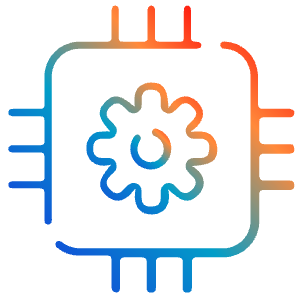
The heart of the system that processes raw data into five coupled dynamic vectors: economic (x), institutional (q), narrative (n), environmental (E) and demographic (P). It transforms hundreds of indicators into a coherent picture of societal evolution.

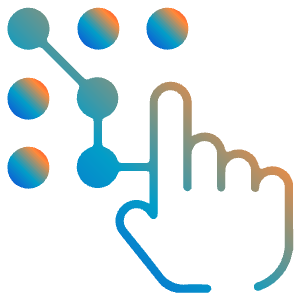
Identifies cross-dimensional patterns like when institutional quality decline predicts economic drift or when narrative shifts precede policy changes. It’s designed to spot coupled dynamics years before they manifest in single-domain indicators.

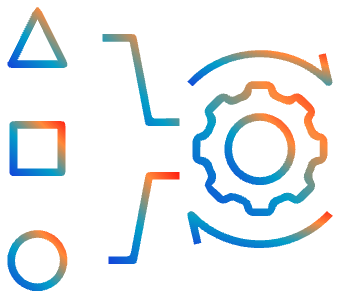
Tests multidimensional scenarios by simulating coupled dynamics across all five vectors. SpectraForge explores a vast number of pathways, revealing which strategies remain viable when economic, institutional, narrative, environmental and demographic realities interact.
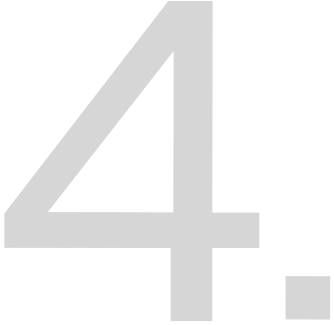
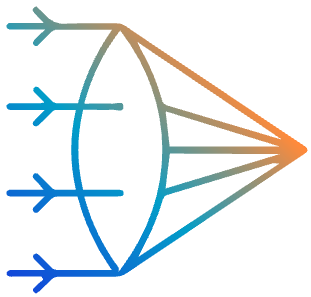
Converts human goals into cross-dimensional mathematical constraints. You can describe integrated objectives in plain language like ”sustainable growth with social equity” and SpectraLens translates these into actionable strategies that respect constraints across all five vectors simultaneously.

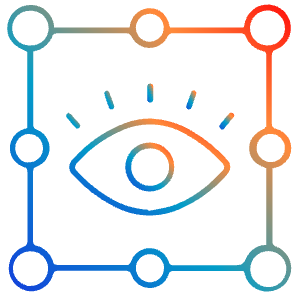
Maps multidimensional evolution onto geographic space, revealing how societal changes propagate across regions. Watch demographic norms diffuse across borders, environmental pressures create migration corridors, demographic dividends shift between continents all through intuitive visualisations.

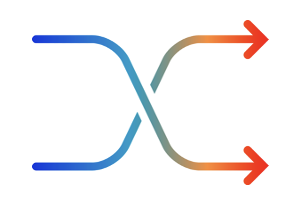

INSTITUTIONAL RISK: Detect governance decay 2-3 years before economic impact

SOCIAL COHESION: Track narrative divergence and trust erosion

ENVIRONMENTAL CONSTRAINTS: Identify sustainability boundaries before crisis

DEMOGRAPHIC DIVIDENDS: Spot workforce transitions creating opportunities


STRATEGIC PLANNING: Identify emerging opportunities for economic development before competitors

RISK ASSESSMENT: Detect economic vulnerabilities years in advance

POLICY TESTING: Simulate policy impacts before implementation

PARTNERSHIP DISCOVERY: Find unexpected but promising collaboration opportunities


MARKET INTELLIGENCE: Understand which markets are evolving toward favorable conditions

SUPPLY CHAIN PLANNING: Anticipate changes in global production networks

INVESTMENT STRATEGY: Identify emerging economies with specific capability trajectories


DEVELOPMENT STRATEGY: Design more effective aid and development programs

CRISIS PREVENTION: Identify countries at risk of economic crisis early

GLOBAL COORDINATION: Facilitate better international economic cooperation

demanding new economic models

creating new trade patterns

redefining what economies can do

affecting trust and governance

reshaping political landscapes
Traditional economic models weren't built for this level of complexity and change. Spectra offers something different: a system that learns, adapts, and evolves with the global economy itself.


Using advanced statistics and machine learning to build and validate the core model with current technology.

Incorporating artificial intelligence to improve pattern recognition, prediction accuracy, and scenario generation.

Leveraging quantum computers to explore vast possibility spaces and discover non-intuitive solutions.
World Bank Development Indicators
IMF Financial Statistics
World Input- Output Database
Economic Complexity Index
UN Trade Statistics

Plus additional indicators from WHO, ILO, UNESCO, and other organizations
This comprehensive data foundation ensures Spectra captures the full spectrum of national capabilities, from healthcare and education to innovation and infrastructure.
Plus governance indicators from V-Dem, World Governance Indicators, trust surveys, UN General Assembly speeches for narrative analysis, environmental data from climate and resource databases, and comprehensive demographic projections.

Traditional models give us domain-specific maps. Spectra gives us a navigation system for complex societal evolution that shows interactions between economic, institutional, social, environmental, and demographic forces.
This isn't about predicting the future with certainty – that's impossible in complex systems. Instead, it's about understanding the dynamics of change, identifying emerging patterns, and navigating uncertainty with better tools.


By treating societies as integrated systems where economic, institutional, narrative, environmental and demographic dimensions co-evolve, we enable truly systemic understanding. Spectra opens new possibilities for:

ANTICIPATORY GOVERNANCE: Making decisions based on where we're heading, not just where we are

SYSTEMIC RESILIENCE: Understanding and strengthening societal interconnections.

INCLUSIVE GROWTH: Identifying development paths that work for diverse economies.

GLOBAL COORDINATION: Finding alignment in an increasingly complex world.

INSTITUTIONAL RESILIENCE: Strengthening governance before crisis

NARRATIVE COHERENCE: Understanding social consensus and division

ENVIRONMENTAL SUSTAINABILITY: Operating within planetary boundaries

DEMOGRAPHIC OPPORTUNITY: Leveraging population dynamics

Spectra isn't just a model, it's a new lens for viewing societal possibility across all its dimensions. As we face unprecedented global challenges that span economic, institutional, environmental, and social domains, we need tools that match this complexity.
Whether you're a policymaker navigating institutional change, a researcher exploring societal transitions, or a leader managing demographic and environmental constraints, Spectra opens new horizons for understanding and shaping our collective futures.
For more information about Spectra and its applications, or to explore collaboration opportunities,
visit https://spectra.study/ or contact @spectravectors.bsky.social

Spectra has been in development for over a decade, combining insights from:








Led by Ian McDonald, who brings 30 years of experience in international trade systems and government technology platforms, the project represents a convergence of practical experience with cutting-edge computational methods. The system is being developed with a commitment to: